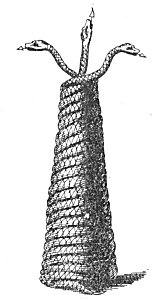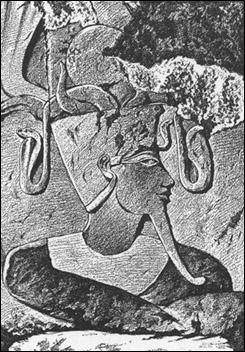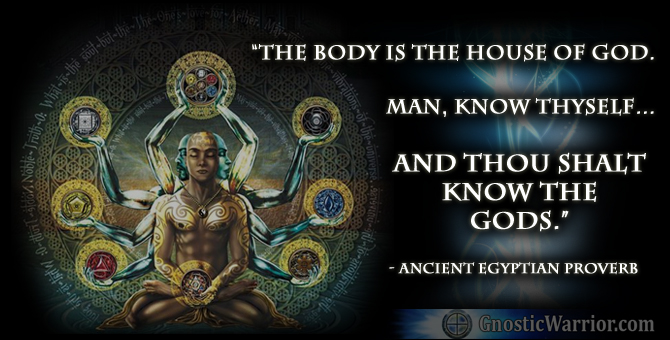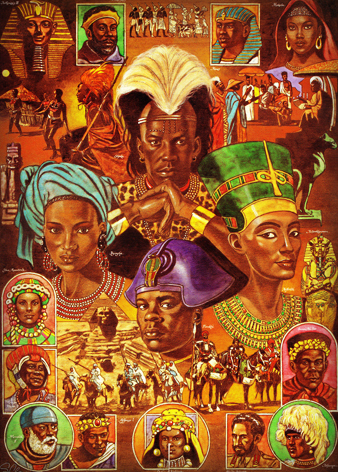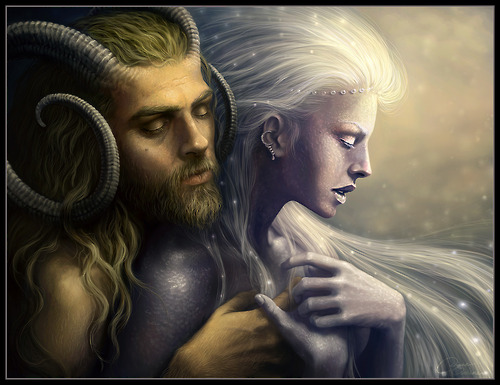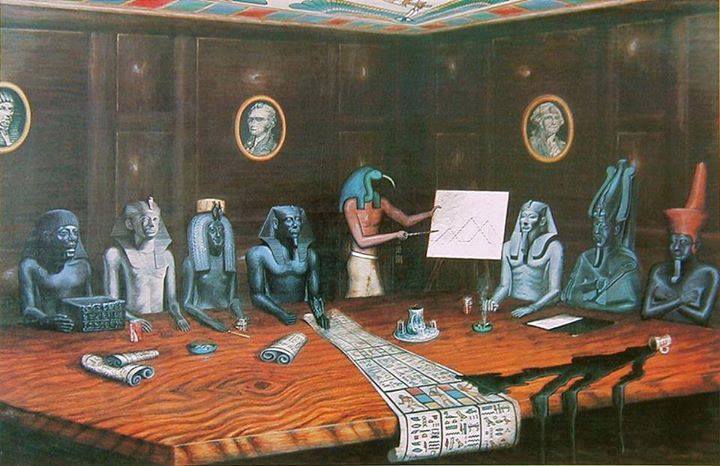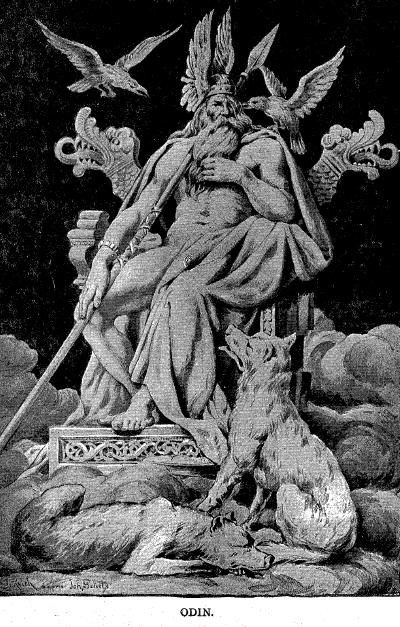“The history of Atlantis,” writes Ignatius Donnelly, “is the key of the Greek mythology. There can be no question that these gods of Greece were human beings. The tendency to attach divine attributes to great earthly rulers is one deeply implanted in human nature.” (See Atlantis.)
The same author sustains his views by noting that the deities of the Greek pantheon were nor looked upon as creators of the universe but rather as regents set over it by its more ancient original fabricators. The Garden of Eden from which humanity was driven by a flaming sword is perhaps an allusion to the earthly paradise supposedly located west of the Pillars of Hercules and destroyed by volcanic cataclysms. The Deluge legend may be traced also to the Atlantean inundation, during which a “world” was destroyed by water.,
Was the religious, philosophic, and scientific knowledge possessed by the priestcrafts of antiquity secured from Atlantis, whose submergence obliterated every vestige of its part in the drama of world progress? Atlantean sun worship has been perpetuated in the ritualism and ceremonialism of both Christianity and pagandom. Both the cross and the serpent were Atlantean emblems of divine wisdom. The divine (Atlantean) progenitors of the Mayas and Quichés of Central America coexisted within the green and azure radiance of Gucumatz, the “plumed” serpent. The six sky-born sages came into manifestation as centers of light bound together or synthesized by the seventh–and chief–of their order, the “feathered” snake. (See the Popol Vuh.) The title of “winged” or “plumed” snake was applied to Quetzalcoatl, or Kukulcan, the Central American initiate. The center of the Atlantean Wisdom-Religion was presumably a great pyramidal temple standing on the brow of a plateau rising in the midst of the City of the Golden Gates. From here the Initiate-Priests of the Sacred Feather went forth, carrying the keys of Universal Wisdom to the uttermost parts of the earth.
The mythologies of many nations contain accounts of gods who “came out of the sea.” Certain shamans among the American Indians tell of holy men dressed in birds’ feathers and wampum who rose out of the blue waters and instructed them in the arts and crafts. Among the legends of the Chaldeans is that of Oannes, a partly amphibious creature who came out of the sea and taught the savage peoples along the shore to read and write, till the soil, cultivate herbs for healing, study the stars, establish rational forms of government, and become conversant with the sacred Mysteries. Among the Mayas, Quetzalcoatl, the Savior-God (whom some Christian scholars believe to have been St. Thomas), issued from the waters and, after instructing the people in the essentials of civilization, rode out to sea on a magic raft of serpents to escape the wrath of the fierce god of the Fiery Mirror, Tezcatlipoca.
May it not have been that these demigods of a fabulous age who, Esdras-like, came out of the sea were Atlantean priests? All that primitive man remembered of the Atlanteans was the glory of their golden ornaments, the transcendency of their wisdom, and the sanctity of their symbols–the cross and the serpent. That they came in ships was soon forgotten, for untutored minds considered even boats as supernatural. Wherever the Atlanteans proselyted they erected pyramids and temples patterned after the great sanctuary in the City of the Golden Gates. Such is the origin of the pyramids of Egypt, Mexico, and Central America. The mounds in Normandy and Britain, as well as those of the American Indians, are remnants of a similar culture. In the midst of the Atlantean program of world colonization and conversion, the cataclysms which sank Atlantis began. The Initiate-Priests of the Sacred Feather who promised to come back to their missionary settlements never returned; and after the lapse of centuries tradition preserved only a fantastic account of gods who came from a place where the sea now is.
H. P. Blavatsky thus sums up the causes which precipitated the Atlantean disaster: “Under the evil insinuations of their demon, Thevetat, the Atlantis-race became a nation of wicked magicians. In consequence of this, war was declared, the story of which would be too long to narrate; its substance may be found in the disfigured allegories of the race of Cain, the giants, and that of Noah and his righteous family. The conflict came to an end by the submersion of the Atlantis; which finds its imitation in the stories of the Babylonian and Mosaic flood: The giants and magicians ‘* * * and all flesh died * * * and every man.’ All except Xisuthrus and Noah, who are substantially identical with the great Father of the Thlinkithians in the Popol Vuh, or the sacred book of the Guatemaleans, which also tells of his escaping in a large boat, like the Hindu Noah–Vaiswasvata. ” (See Isis Unveiled.)

Moe is the founder of GnosticWarrior.com. He is a father, husband, author, martial arts black belt, and an expert in Gnosticism, the occult, and esotericism.

